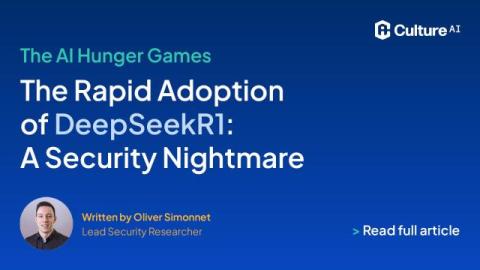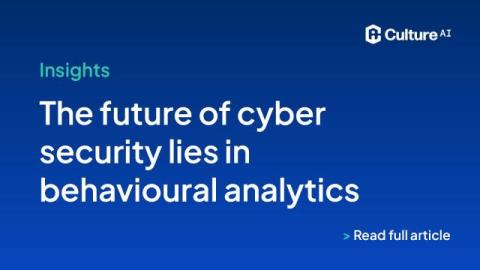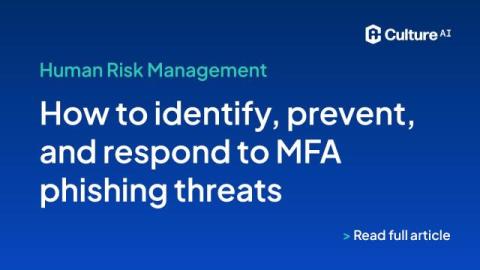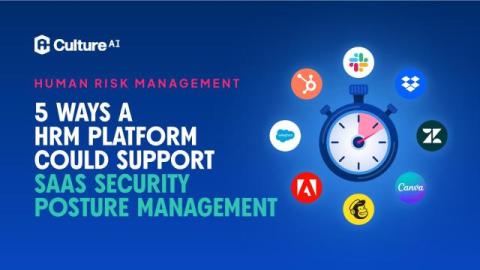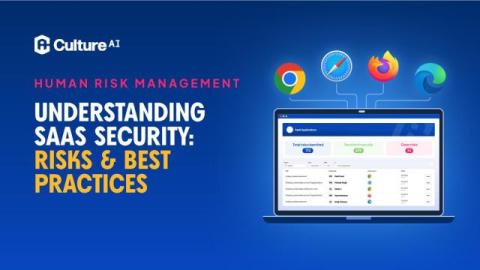The AI Hunger Games - The Rapid Adoption of DeepSeek: A Security Nightmare
The recent rapid adoption of the AI application “DeepSeek” has gained significant global attention. Becoming the app on both the Apple Store and Google Play Store within its first few days, seeing over 10 million downloads. While this explosive growth of DeepSeek R1 highlights the public’s fascination with AI-driven tools, the security community and policymakers have been less enthusiastic.


